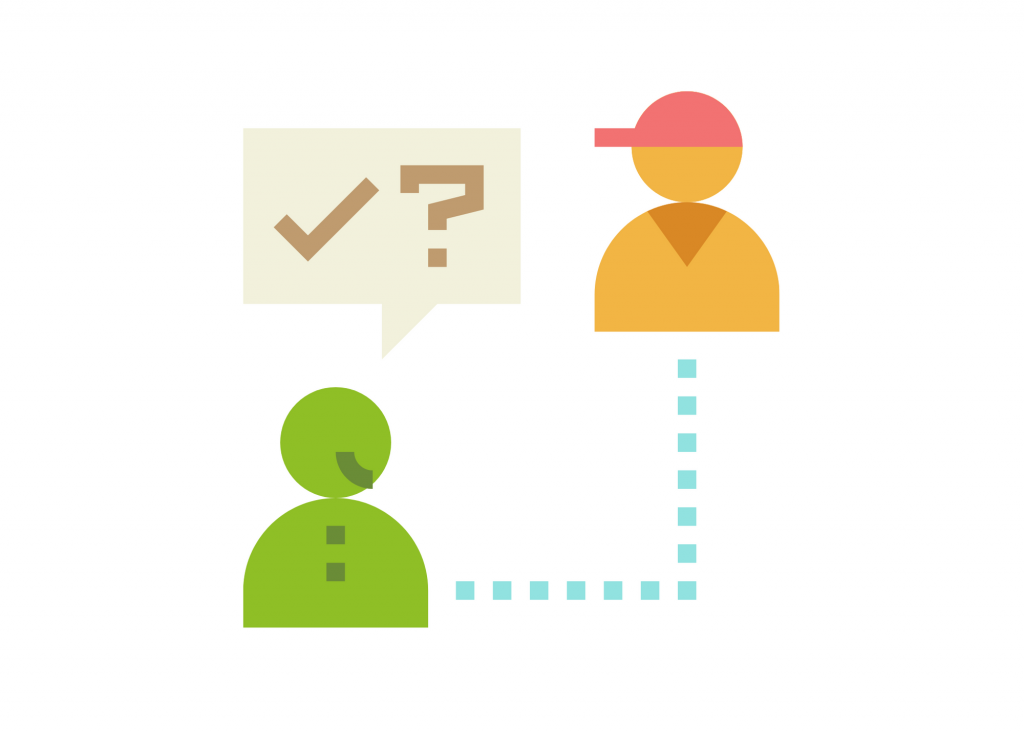Coach teachers in and model effective use of technology tools and resources to continuously assess student learning and technology literacy by applying a rich variety of formative and summative assessments aligned with content and student technology standards
ISTE Coaching Standards (2014)

Resonant Ideas: Formative assessments
Before becoming a teacher and entering the DEL program, my understanding of assessment was summative – it was something that happened at the end of a unit or class to determine how much you had learned. After investigating the topic through my coursework and using formative assessment in my own classroom, however, I now know that assessment, particularly formative assessment, is a crucial way to help teachers course-correct or differentiate their lessons and for students to actively participate in their own learning.
Best Practices for Designing and Using Formative Assessment
In my post Try it You’ll Like It: Formative Assessment in Professional Development, I looked at how professional development on formative assessment should include different types of formative assessment so that teachers can experience its effectiveness firsthand. As part of this quest, I discovered Wiliam and Thompson’s framework that suggests formative assessment should be baked into a lesson by including “…activities that produce evidence of student learning” and that students should play a role, both in their own assessment and that of their classmates.
In Just in Time: Formative Assessments, I looked at how formative assessment supports inquiry-based learning, a form of instruction that doesn’t lend itself to traditional summative assessment. I also came to understand the metacognitive advantages of interim assessments – how they help students think more deeply about what they are learning. Perhaps the most important lesson I learned from writing this post, however, is to create a positive culture around assessment so that students perceive it as helpful, rather than judgmental.
Technology and Assessment
Assessment is perhaps one of the best uses of technology in the classroom because there are so many options available to help teachers see where students are in their learning and for students to show what they understand. In the “Try it You’ll Like It” post referenced above I provide a list of resources for quick-checks, data evaluation, and alternative assessment tools, and in Digital Classroom Commons, I reviewed SeeSaw and OneNote and how they can both be used to document learning over time, as well as show understanding using non-traditional tools.